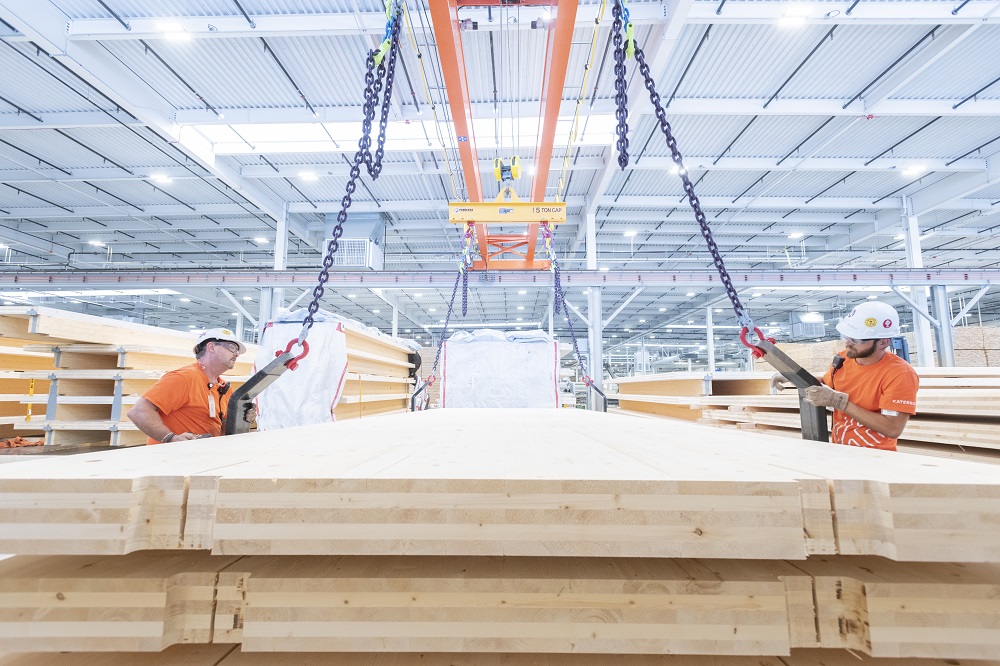Imagine a world where the millions upon millions of square feet of roadway and parking lots across the world actually served a greater purpose than a flat surface to drive and park a vehicle. That’s the world that Scott and Julie Brusaw, creators of Solar Roadways, imagine and their dream is becoming closer to reality after years of testing and research.
Solar Roadways is a total recreation of the asphalt and concrete roads that we have used in America for the past few decades. Simply put, the roadway system is made up of 70 pound hexagonal panels with solar energy storage built within it. The panels are made of an ultra-strong tempered glass panels, that can withstand the weight of a semi-truck.
It’s proactive, so much so that it’s the only type of roadway system that has a possible positive return on investment. Not only do these panels create energy, they can also melt snow and ice, making roads safer for all drivers. A few other companies have begun testing snow melting roadways, as well, like this one that slowly releasing de-icing salt over time and another that uses electricity to heat the roads. With the capability to be programmed display over 16 million different colors, the roads can also detect possible hazards like animals on the road or other obstructions. The programmable lights would also eliminate the need for costly parking lot and road line painting maintenance.
Example of different light options. Image courtesy of Solar Roadways
The US Department of Transportation has given the Idaho tech startup several grants to perfect the concept of solar roads and now cities are giving the concept real world tests. One of the first tests these roads will go up against is a rest stop along historic Route 66 in Conway, Missouri. The rest stop will be testing out the panel’s benefits, as well as its durability, in both a roadway and sidewalk application.
Though the roadways are starting these real world trials, Missouri DOT Engineer Tom Blair told the News Tribune that the final product is still a few years away. The big question will be determining the true durability of the panels, traction, and true cost of maintenance. There’s no question that this system will be much more costly per square foot to install, so a strong case will have to be made to local DOTs in order for them to even consider the up-front cost. If all goes well, we could be just a few short years away from seeing completely interactive roadways that can power our cities and keep us safer.
Check out the video below, it’ll help you learn a little more about the benefits and functionality of Solar Roadways, as well as provide you some entertainment value.












Like most of the other electric machines that have been announced previously, Volvo promises that this midsized, 14 metric ton excavator will have the same performance as a similarly sized diesel version. The X03 is currently in the concept stage, so Volvo does not have immediate plans to bring it to market, but it shows the possibilities that electronics on heavy machinery can allow for.